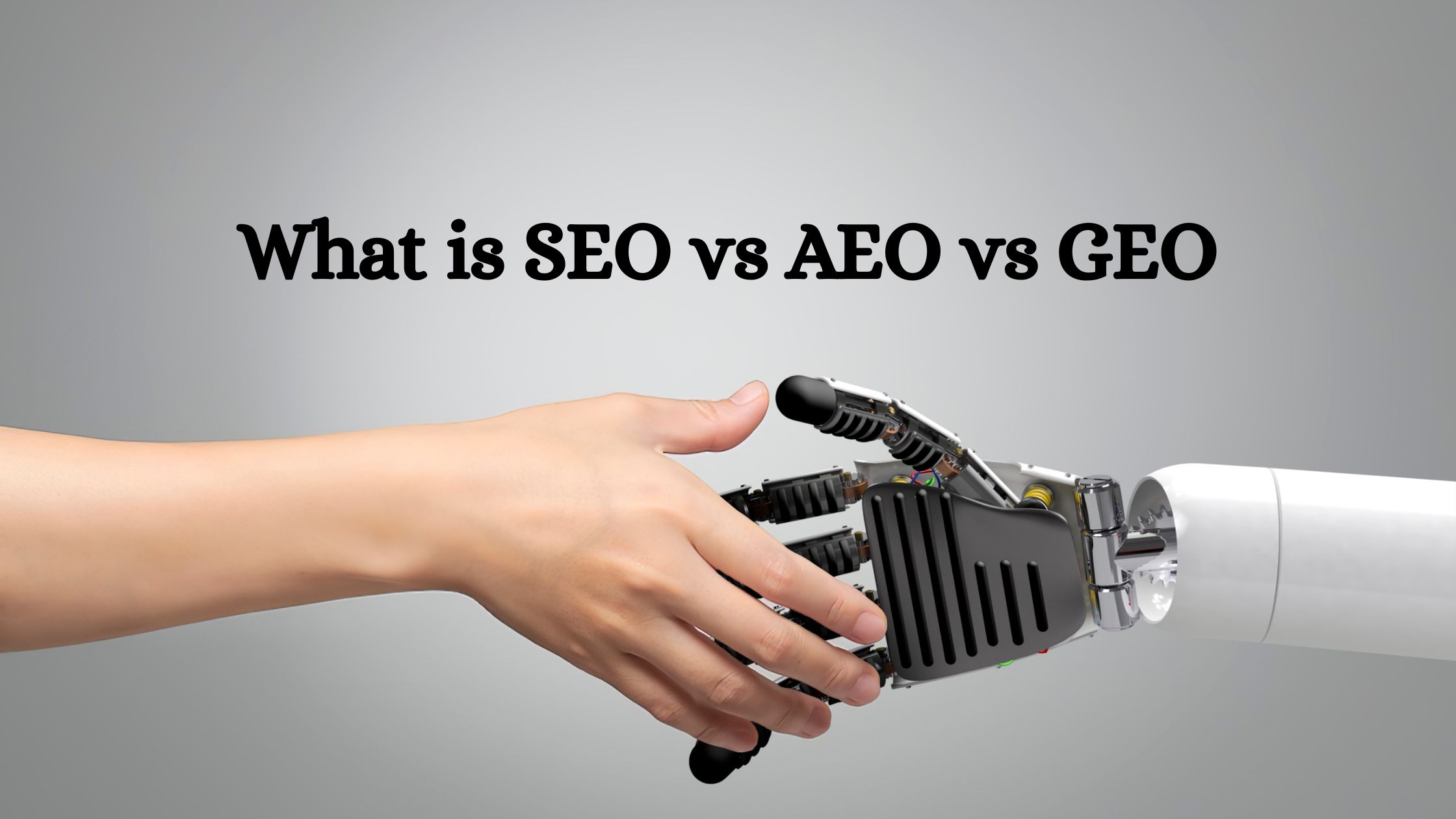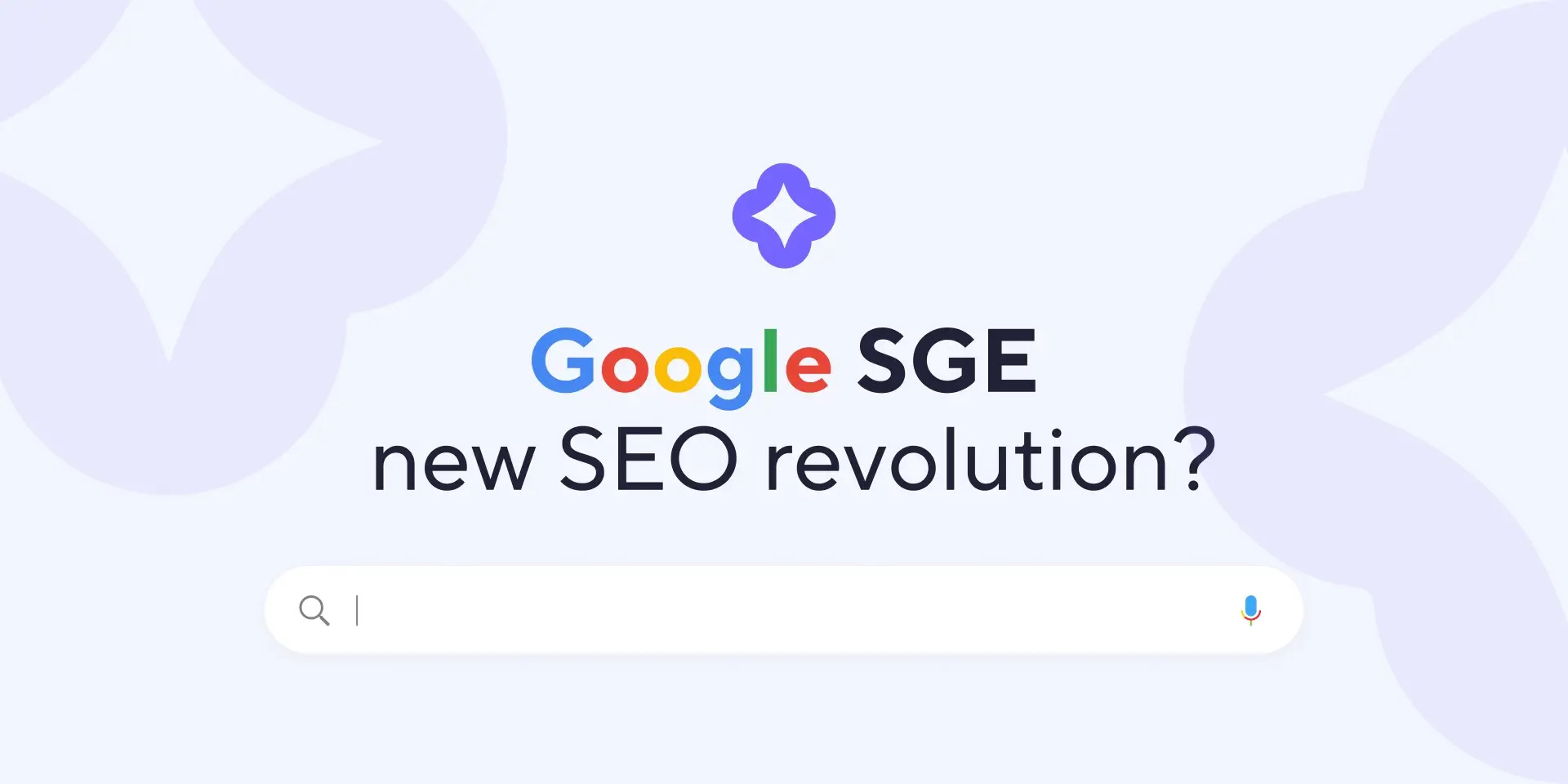What is SEO vs AEO vs GEO? Key Differences and Strategic Approaches Explained

Strong 8k brings an ultra-HD IPTV experience to your living room and your pocket.
As the digital landscape evolves, marketers are facing a major shift in how users interact with search engines. Gone are the days when optimizing solely for keywords was enough to rank. Now, it's about how well your content is understood—not just by people, but by machines.
Three acronyms dominate the conversation: SEO, AEO, and GEO.
If you’re offering digital marketing services in India or aiming to expand your online marketing services, understanding these terms and their strategic applications is no longer optional. It’s essential.
Let’s break them down—and show how they work together.
What Is SEO?
Search Engine Optimization (SEO) is the oldest and most widely adopted technique among the three. At its core, SEO is about improving your website’s visibility in traditional search engine results pages (SERPs) like Google, Bing, and Yahoo.
Marketers optimize pages for:
- Relevant keywords
- Quality backlinks
- Technical health (page speed, mobile friendliness)
- On-page elements like title tags, meta descriptions, and H1s
The goal? Get to the top of the page—and earn organic traffic from users actively searching for what you offer.
SEO in Practice:
- If you’re a professional SEO company in India, your service offerings likely include:
- Keyword research
- Technical audits
- Link-building campaigns
- Content writing
SEO still works—and it remains essential. But as search engines evolve, it’s no longer the only approach that matters.
What Is AEO?
Answer Engine Optimization (AEO) is a more recent development. As people began asking full questions in search bars—and as AI-powered voice assistants like Siri, Alexa, and Google Assistant became common—search engines started favoring direct answers over just website listings.
AEO is all about structuring your content so it answers user queries clearly and concisely, often within featured snippets or voice search responses.
AEO in Practice:
- AEO focuses on:
- Structuring content using FAQs
- Using schema markup (especially “How-to”, “FAQ”, “Article” types)
- Writing content in a question-and-answer format
- Simplifying answers without removing depth
For example, if someone asks, “What are the benefits of SEO?”, Google might pull a short paragraph from a blog that answers it directly.
If you provide seo optimization services, including AEO principles in your content strategy makes your clients more visible where it matters—inside AI-generated summaries and voice search answers.
What Is GEO?
Now, enter the latest frontier: Generative Engine Optimization (GEO).
GEO is designed for AI-powered search experiences like Google’s Search Generative Experience (SGE), Bing Chat, and other conversational AI systems that don’t just list links—they generate answers.
Instead of asking, “How can I improve website speed?” and getting 10 links, the new AI search experience gives users a full paragraph summarizing the best methods. GEO helps ensure your content is the one being cited or summarized.
GEO in Practice:
GEO focuses on:
- Semantic richness and topical authority
- Building credibility through expert-authored content
- Using structured data so AI can extract information easily
- Writing with clarity and source attribution in mind
Agencies offering digital marketing solutions need to start integrating GEO into their content strategies to keep clients competitive in this new environment.
How Do SEO, AEO, and GEO Differ?
Let’s compare them through a real-world analogy.
Imagine search engines as librarians:
SEO is about writing the best book and placing it prominently on the shelf.
AEO is like putting your book’s summary in the librarian’s quick reference guide.
GEO is when the librarian (powered by AI) writes their own report and includes your content as a cited source.
In essence:
SEO = Ranking in traditional SERPs
AEO = Being featured in direct answers or snippets
GEO = Being referenced in AI-generated responses
Each layer builds on the previous one, and the most successful brands optimize for all three.
Which Approach Should You Use?
You don’t need to choose between them—you need to combine them.
Here’s how:
- Start with SEO: It’s the foundation. Your content must be indexable, fast, relevant, and optimized.
- Layer in AEO: Use FAQs, direct questions, and schema markup to help your content show up in snippets and answer boxes.
- Advance with GEO: Think like an AI engine. Write high-authority content. Add semantic structure. Provide reliable sources. Optimize for clarity.
For example, a SEO reseller agency in India might offer packages that blend:
- SEO audits and on-page optimization
- FAQ and featured snippet targeting
- AI-content readiness assessments
This blend not only boosts traffic from Google, but also increases visibility inside generative search engines, which are rapidly becoming users’ first stop.
Who Needs to Care About GEO and AEO?
Anyone offering:
- SEO professional services in India
- Ecommerce website development
- Online marketing services
- Content marketing or Shopify optimization
- Digital transformation strategies
…should absolutely be thinking about GEO and AEO today.
Especially if your clients are in competitive industries (like education, health, finance, or tech), visibility in AI answers can be the difference between leading and lagging in market presence.
Practical Tips to Implement All Three
Here’s a simplified roadmap:
SEO Tips
- Target long-tail and short-tail keywords
- Build internal links across content
- Fix site speed, broken links, and mobile usability
AEO Tips
- Use headers that match search questions
- Answer those questions directly under the header
- Implement FAQ schema
GEO Tips
- Build deep-topic authority with clusters of related content
- Add author bios and credible sources
- Track what AI models are surfacing (e.g., via SGE or Bing Chat)
- Use tools to test snippet readiness and readability
Final Thoughts: The Future of Search Is Layered
SEO has come a long way from keyword stuffing and backlink farming. Today’s search engine landscape is multidimensional.
If your agency provides internet marketing services or you’re a freelancer managing digital marketing services in India, staying ahead means thinking beyond blue links.
You need to create content that ranks (SEO), answers (AEO), and gets cited by AI (GEO).
The overlap is powerful. Mastering all three means your brand (or your clients’) won’t just appear on Google’s page—they’ll be part of the conversation happening inside the search engine.
And in 2025 and beyond, that’s where the conversions are going to happen.
Note: IndiBlogHub features both user-submitted and editorial content. We do not verify third-party contributions. Read our Disclaimer and Privacy Policyfor details.







